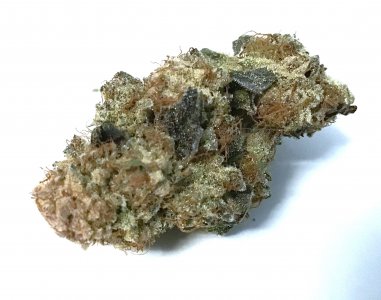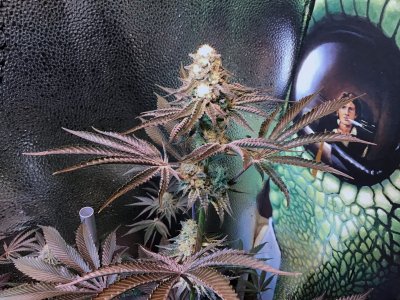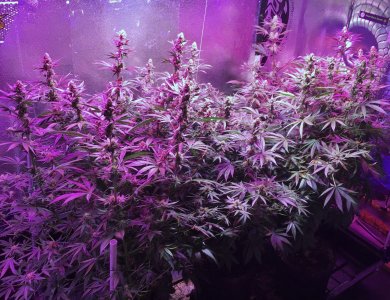this may be the wrong place to post this...but the 'myths' about planting trees are pretty much dinged in the article. Well-written article and I recommend reading until the end, it is a killer....
https://www.newyorker.com/magazine/2023/05/29/what-we-owe-our-trees
What We Owe Our Trees
Forests fed us, housed us, and made our way of life possible. But they can’t save us if we can’t save them.
By
Jill Lepore
May 22, 2023
The Earth is about four and a half billion years old. By about two and a half billion years ago, enough oxygen had built up in the atmosphere to support multicellular life, and by about five hundred and seventy million years ago the first complex macroscopic organisms had begun to appear, as Peter Frankopan reports in “
The Earth Transformed” (Knopf), an essential epic that runs from the dawn of time to, oh, six o’clock yesterday. In his not at all cheerful conclusion, looking to a possibly not too distant future in which humans fail to address climate change and become extinct, Frankopan writes, “Our loss will be the gain of other animals and plants.” An upside!
The first trees evolved about four hundred million years ago, and pretty quickly, geologically speaking, they covered most of the Earth’s dry land. A hundred and fifty million years later, during a mass-extinction event known as the Great Dying, the forests perished, along with nearly everything else on land and sea. Then, two million years after that, the supercontinent broke up, a seismic process whose consequences included depositing oil, coal, and natural gas in the places on the planet where they can still be found, to our enrichment and ruination. The trees returned. The ginkgo is the oldest surviving tree species, its fan-shaped leaves unfurling lime green in spring and falling, mustard yellow, in autumn.
The advocacy organization American Forests was founded in 1875, and, as Cohen writes, it also advanced the idea that planting a tree was an act of citizenship. This was a tradition that faltered at various times in the twentieth century but was renewed beginning in 1970 with the first Earth Day (also held in April) and with the establishment of the National Arbor Day Foundation two years later. Its many programs include Trees for America; pay a membership fee, and you get ten saplings in the mail. American Forests runs Global ReLeaf.
But Cohen and other critics have argued that there is little evidence that these programs do much more than greenwash bad actors. American Forests has been sponsored by both fossil fuel and timber companies. In 1996, the climate-change-denying G.O.P. encouraged Republican congressional candidates to have themselves photographed planting a tree. “10 Reasons to Plant Trees with American Forests,” printed in 2001, suggests that “planting 30 trees each year offsets the average American’s ‘carbon debt’—the amount of carbon dioxide you produce each year from your car and home.” The E.P.A., on a Web site that linked to American Forests, urged Americans to plant trees as penance: “Plant some trees and stop feeling guilty.” What with one thing and another, have you used ten thousand kilowatt-hours of electricity? The site offered indulgences: plant ten trees, one for every thousand kilowatt-hours. At the height of the corporate tree-atonement era, a
New Yorker cartoon showed a queue of businessmen waiting to see a guru, with one saying to another, “It’s great! You just tell him how much pollution your company is responsible for and he tells you how many trees you have to plant to atone for it.”
The notion that clear-cutting can be counteracted by the planting of trees is a political product of the timber industry. As Cohen shows, the phrase “tree farm” was coined by a publicist at a timber company, as was the motto “Timber Is a Crop.” And the notion hasn’t died. In 2020, the World Economic Forum announced its sponsorship of an initiative called 1t, a corporate-funded plan to “conserve, restore, and grow” one trillion trees by the year 2030. At Davos in 2020, Donald Trump pledged American support. (At the time, the President mentioned that he was reading a book about the environmental movement; written by a former adviser of his, it was called “Donald J. Trump: An Environmental Hero.”)
 so how’s it go on the moisture side.can you go too far with it.
so how’s it go on the moisture side.can you go too far with it.





